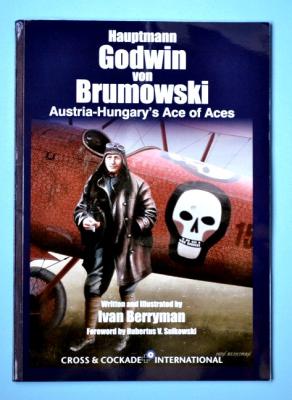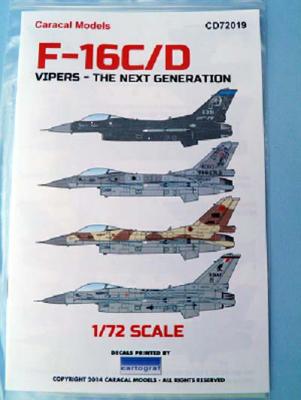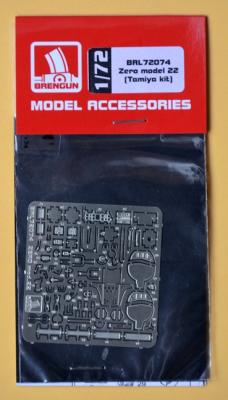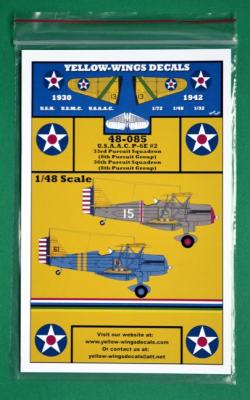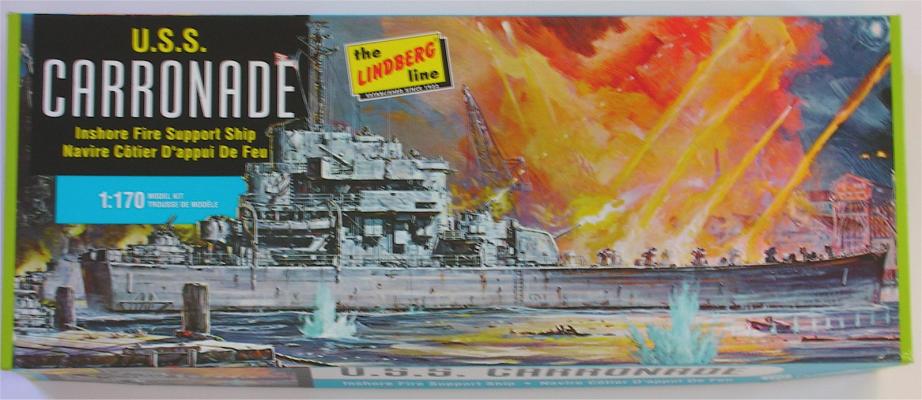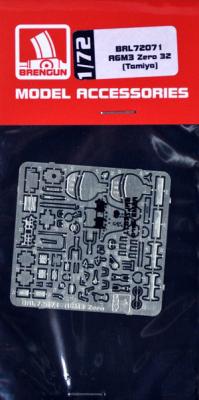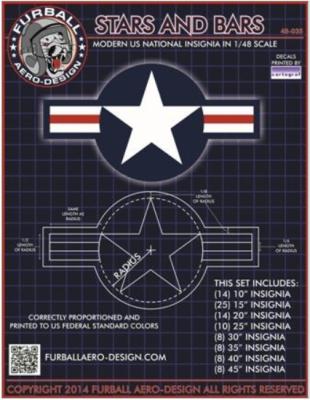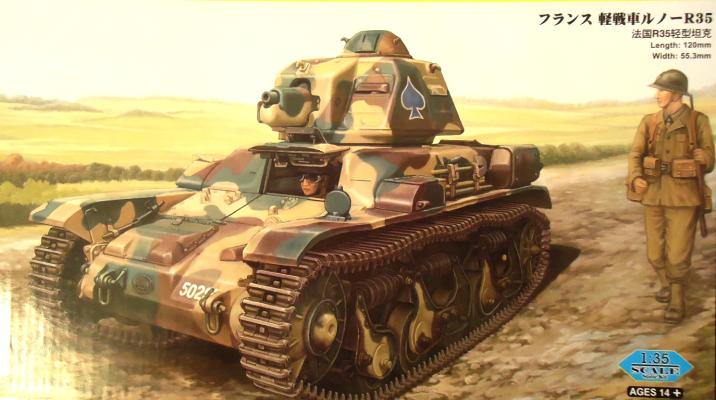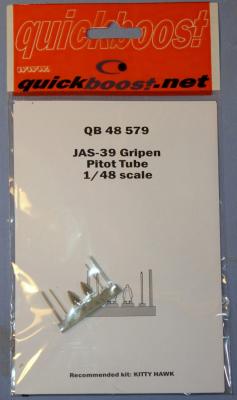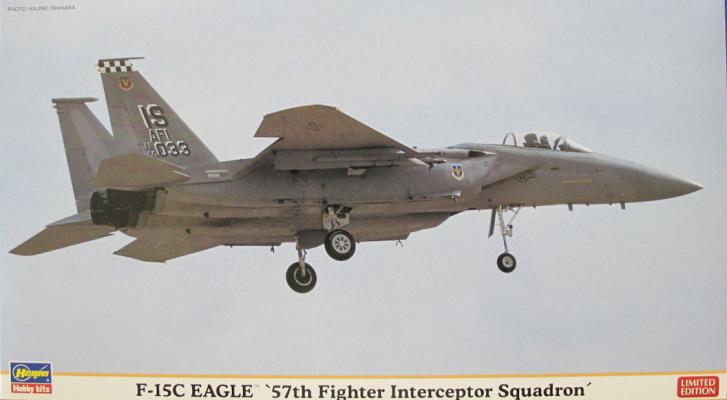The name Hauptmann Godwin von Brumowski may not immediately register with model builders, but those who build WWI aircraft models probably have given his bright red Albatros a second look when considering a vivid scheme while building a model of that aircraft.
all 2014
I love small air forces and I love the F-16 (and not just because they are based at Hill AFB just up the street) so a decal sheet that combines both is always high on my list.
This new sheet by Caracal delivers. 5 of the 6 schemes are small air forces with the other scheme a Minnesota Air National Guard version in a new camo. The decals are printed by Cartograf who have a solid reputation and feature the following markings:
Brengun offers 1/72 model builders a way to add to the detail of the already highly detailed Tamiya A6M2 Type 22 Zero kit. Set BRL 72074 provides about 70 parts on a single photo-etch fret and two on a printed acetated sheet that will combine to enhance the cockpit and exterior details of the a/c. The photo below of the instruction sheet shows where the details are to be installed. Each of the small photo-etched parts is impressive. The detail is very crisp and well etched on nickel-plated metal.
Yellow Wings Decals has added two new sets to their line for 1/48 scale Curtis P-6E Hawks. Set number 48-085, or Part 2, provides colorful markings for two Langley Field based USAAC aircraft of the 8th Pursuit Group:
- P-6E #15 of the 33rd Pursuit Squadron
- P-6E #61 of the 36th Pursuit Squadron
The instructions show that in 1933, 8th Pursuit Group P-6Es sported Gloss Olive Drab #22 painted fuselages with Orange-Yellow #4 wings and tail surfaces and by 1936 fuselages were finished in Blue #23 with Orange-Yellow #4 wings and tail surfaces. Markings are provided for all national insignia, rudder stripes, aircraft numbers, fuselage bands and squadron markings as shown in the photo below of the decal sheet. An instruction sheet is included that also provides information about all paints that were used with Tamiya color matches.
The Ship
The USS Carronade was commissioned in 1955 and was designed to provide close in fire support for amphibious landings. Her 5" gun was the same weapon mounted on US destroyers and had proved itself in close in support over and over during WW II and its eight 5.5" automatic rocket launchers could fire 30 rockets a minute, meaning 240 rockets could be on their way to some unlucky target within one minute. Because of her cruiser type bow and potentially heavy firepower, she was often called a "bobtailed cruiser" due to her superstructure being so far aft. As a matter of fact, one release of this kit was titled Bobtail Cruiser and not USS Carronade.
Among recent offerings from Brengun is a set photo-etch details designed to enhance the 1/72 Tamiya A6M3 Type 32 Zero kit. Set BRL 72071 provides about 70 parts on a single photo-etch fret and two on a printed acetated sheet that will combine to enhance the cockpit and exterior details of the a/c. The photos below show the fret and the instruction sheet that guide where the details are to be installed.
The small photo-etched parts on the fret are very impressive, but look strangely familiar to me. Familiar, because they are exactly the same as the parts on Brengun’s set BRL 72074 for the Zero type 22…yes, exactly the same. Not surprising though, because the detail parts they provide were the same on the original aircraft (with the possible exception of a small dial face on the instrument panel). One of the photos below from the Brengun website shows most of the parts installed.
Often you get a great aftermarket decal sheet for 3 or 4 aircraft, but they don’t include enough insignia for all of them. The solution: Enter a insignia decal sheet, like the one recently released by Furball Design
This set contains 95 correctly proportion modern (post 1947) US National Insignia (the one with the blue border and red stripe).
You get (14) 10" insignia, (25) 15" Insignia, (14) 20" insignia, (10) 25" insignia, (8) 30" insignia, (8) 35" insignia, (8) 40" insignia, (8) 45" insignia, which should cover from small drones, to larger bombers in the last 7 decades of USAF service.
I want to point out the decal design is correctly proportioned, as the star points do not reach the edge of the circle, but stop at a distance equivalent to width of the blue border.
The decals are independently printed and they are very glossy in the sheet. I would expect them to adhere really well to a glossy surface (Future coat or similar) in your model.
I’m old enough to remember a time when Heller was the only game in town if you wanted to reproduce some of the fascinating French armor of the Second World War. Now we seem to have been presented with a number of choices, each with their good and bad points. However, permit me to discuss this particular rendition of this lovely little two-man vehicle on its own merits.
Hobby Boss has taken its own stance on reproducing this tiny machine by providing it with a complete interior, viewable through the numerous open-able hatches on the model. Frankly, this is one kit that begs for a maintenance diorama in order to show off its features -- anything else seems a waste of detail.
Aires and Quickboost (a division of Aires) continue to provide us modelers with very nicely detailed additions to many new and older kits that can greatly enhance the final appearance of the build.
This installment will look at the Quickboost replacement pitot for the fairly new 1/48 Kitty Hawk Saab Jas-39 Gripen (kit #KH80117).
This replacement pitot tube, with associated nose cone tip, is a very simple, two piece addition to the excellent Kitty Hawk Gripen. Quick Boost is kind enough to supply two complete pitot assemblies, just in case something goes wrong on the first try.
No, your eyes are not playing tricks on you. It is an F-15C with conformal fuel tanks.
By 1984, the USSR had amassed a considerable submarine launched ballistic missile capability which complemented their already powerful ICBM force. The vast majority of the Soviet SSNB submarines, known as ‘boomers’, were based at Archangel and Murmansk. Their pre-launch stations were usually in the White Sea sector. Because of this, the US Navy devoted a large portion of its SSN submarines or ‘hunter killers’ to located and then follow the movement of all Soviet SSNB boomers in the White Sea. To perform this task, US SSNs ran through the Giuk Gap in route to their patrol areas. To counteract the Americans, the Soviet navy began a pattern of deploying an ever increasing numbers of modified Bears, call sing ‘F’, in an effort to track the US SSNs boats before they enter the Sea.

